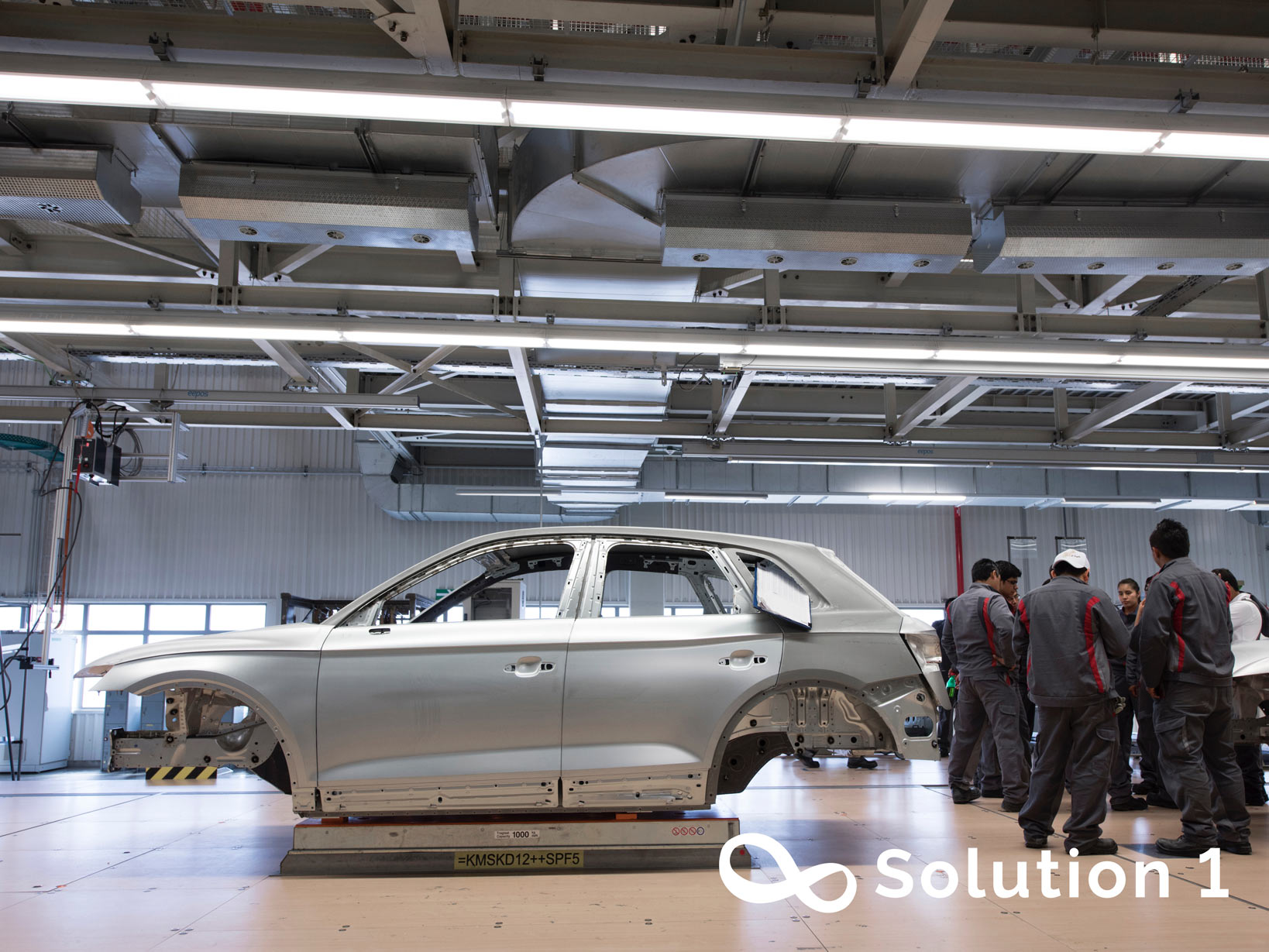In-Depth Analysis: How China’s EV Price War Is Hitting Parts Suppliers
As competition in China’s electric vehicle market reaches a fever pitch, carmakers have rolled out aggressive discounts, triggering a price war that has raged for almost two years. After Tesla led with cuts in early 2023, domestic brands such as BYD followed suit, trading margin for volume. The battle has squeezed automakers’ profits and, through cost-pass-through mechanisms, pushed relentless pressure up the supply chain. Suppliers of chips, power-electronics controllers, chassis modules, and drivetrains now face unprecedented operating stress.
- Technology and manufacturing cost squeeze: R&D and quality under strain
The price war forces OEMs to slash costs and pass those targets straight to suppliers. Chip vendors, including BYD Semiconductor, Horizon Robotics, Texas Instruments, Infineon, and others, are instructed to quote ever-lower unit prices, sometimes bidding head-to-head on a single project until their quotes dip below cost. “If we don’t take the job at a loss, someone else will,” one supplier admits.
Even global Tier-1s such as Bosch and Continental are not spared. Bosch China president Xu Daquan says many clients have demanded cuts of 15 percent or more since 2023, some even threatening non-payment for non-compliance. Local Tier-1s, such as Lens Technology, face the same squeeze.
With margins razor-thin, R&D budgets are being pinched. Suppliers hesitate to invest in advanced chips or software if a contract might vanish in the next low-price round. Quality risks rise, too: “They want automotive-grade reliability at consumer-grade prices,” a frustrated executive notes. Some suppliers downgrade materials or specifications to meet cost targets; problems may not surface until months later. BYD, for example, initially switched to a cheaper domestic part but reverted to the original after quality issues emerged.
The trade-off threatens long-term reliability, brand reputation, and consumer interests. Suppliers are trapped: refuse cuts and lose orders; accept them and risk under-funded R&D and eroding quality, destabilizing the sector’s future.
- Financial-structure stress: receivables and cash-flow crunch
As automakers’ profits shrink, they stretch payment terms, settle with promissory notes, and demand secondary price concessions. Average payment cycles in China now run about 182 days—nearly double Western norms. BYD’s payable period lengthened from ~200 days in 2021 to almost 300 days in 2023; XPeng stretches to 221, and NIO to around 295. Toyota, by contrast, pays in 53 days; Honda in 32.
Suppliers wait half a year—or longer—for funds, often receiving commercial paper, not cash. Discounting those notes costs interest, further eroding the slim profit. Industry data show that parts makers’ revenue rose 9 percent and net profit increased by 23 percent in the first three quarters of 2024; however, the cash-to-sales ratio fell from 0.923 to 0.909, as receivables ballooned while cash lagged. Many firms borrow to bridge the gap, thereby increasing leverage and finance costs.
Inventory adds another burden. When discounting leaves OEMs with excess cars, it slows new parts orders and delays payment. One domestic brand reportedly demanded an extra 8 percent price cut on top of late payments. Suppliers then hold unpaid inventory and unpaid receivables—a double hit, especially lethal for small firms whose R&D and production costs are fully front-loaded. Some have begun scaling back or seeking bankruptcy protection, exposing a paradox of rising sales but worsening cash flow and signaling systemic risk up the chain.
- Inventory management and order-cycle volatility
The price war creates violent fluctuations in demand. A fresh discount can spark a short-lived order spike; rival cuts then sap momentum. Suppliers struggle to match production to whiplash schedules: “Plans change weekly; orders come at midnight; cancellations follow at dawn,” one interior supplier says.
Over-optimistic output targets exacerbate the problem. Some EV start-ups ramp production for “volume via price” only to miss sales goals, leaving vehicle and parts inventories bloated. OEMs then slash orders or halt pickups, stranding suppliers with obsolete stock, which is particularly costly for high-value chips and batteries that depreciate quickly as technology advances. Consumer “wait-and-see” behavior, hoping for the next round of cuts, deepens volatility. The supply chain toggles between surplus and shortage, eroding overall stability.
- Competitive landscape: vertical integration and an accelerated shake-out
To cut costs, many OEMs are moving upstream—designing batteries, e-motors, or even in-house chips—as BYD has done for years. That turns former customers into rivals. Some OEMs allegedly hand Supplier A’s design to Supplier B for under-bidding or embed engineers in a supplier to learn its secrets. Trust erodes, and relationships grow complex.
The shake-out favors giants with scale, tech depth, and capital; Bosch and ZF can still win large orders despite price cuts. Smaller players, facing yearly reductions, see margins collapse. Many run on near-zero or negative profit to keep anchor clients. A wave of M&A and exits is likely, concentrating resources in a few vertically integrated groups.
Policymakers have begun warning against ruinous competition. Officials urge a shift to “high-quality” rivalry and collaborative innovation, noting that relentless price cutting also forces OEMs to lop R&D, sapping long-term innovation. Sustainable growth will require healthier partnerships—Toyota’s long-term risk-sharing model with suppliers is often cited as an example. Chinese automakers aspiring to a global reach must strike a similar balance between fierce competition and maintaining a resilient supply chain.





